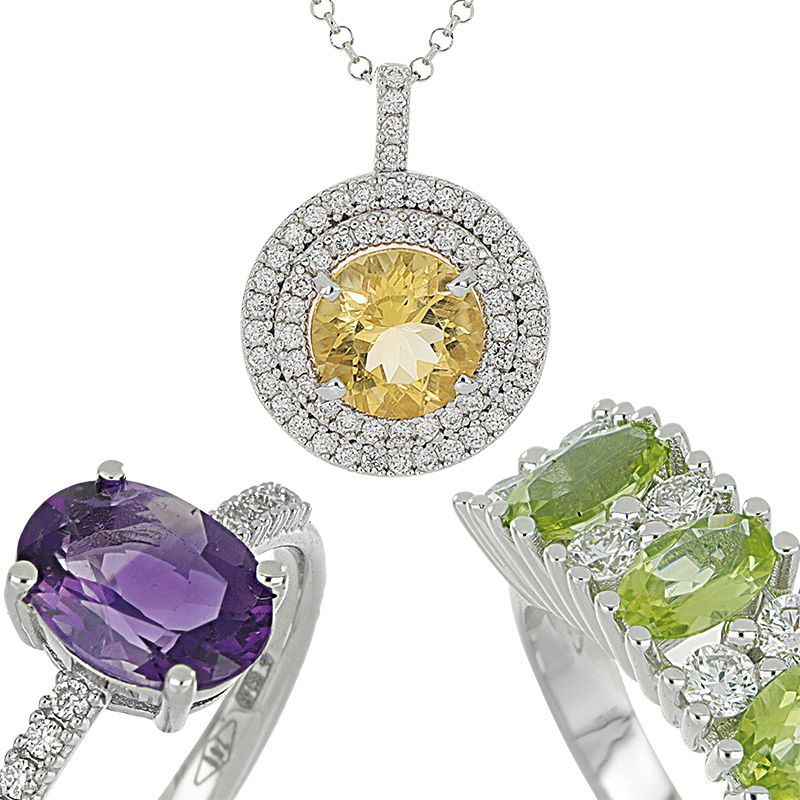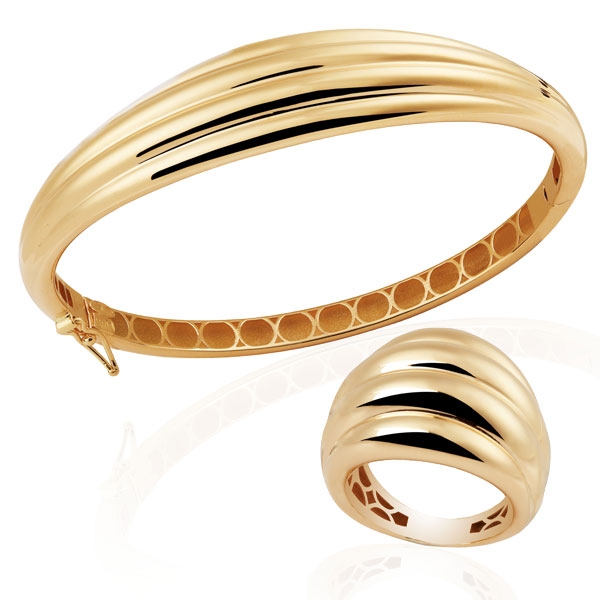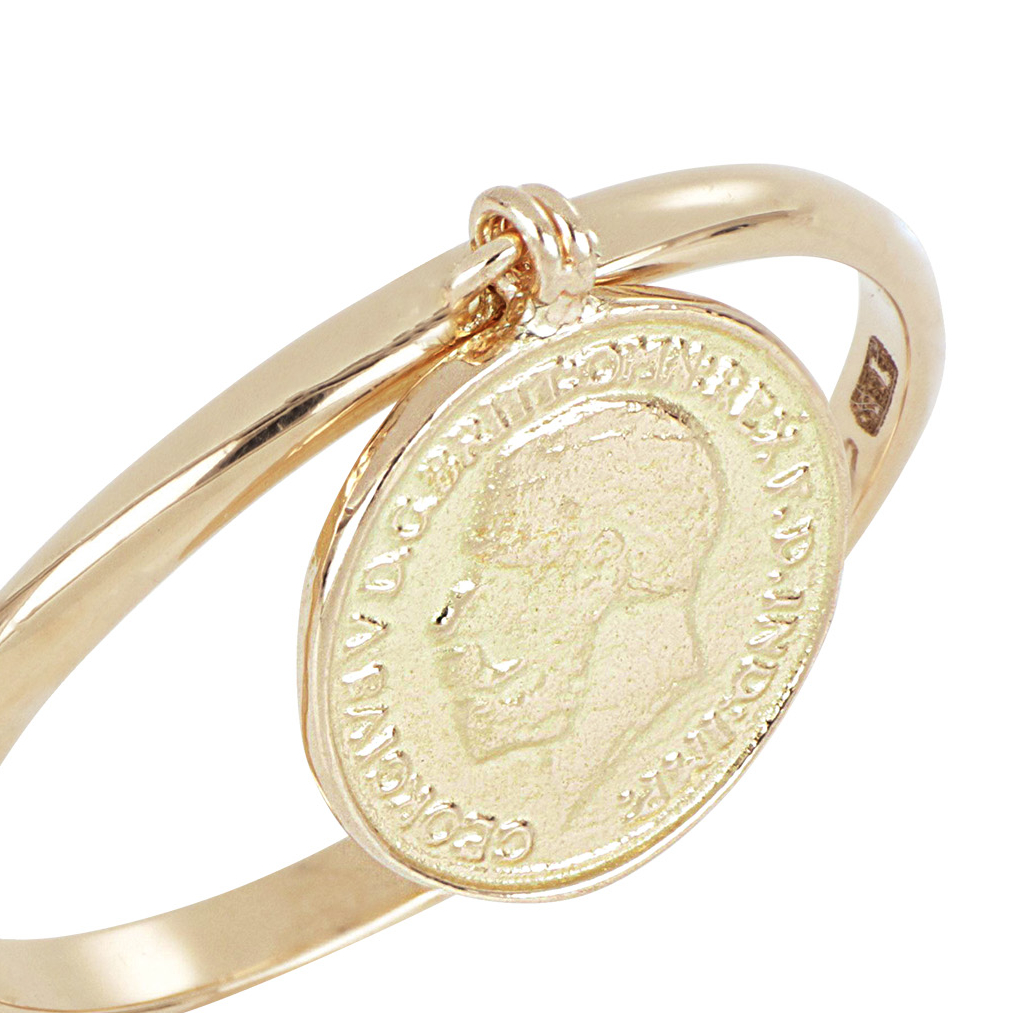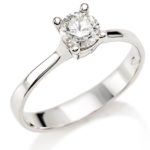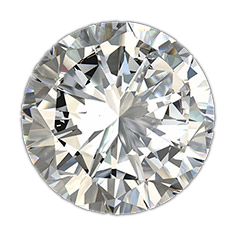Due to the summer closure, the company will be closed from August 3rd to August 25th, inclusive.
On the occasion of the company’s summer closure, orders received from August 3th to August 25th, inclusive, will be processed starting from Monday, August 26th.
EUR
^

















